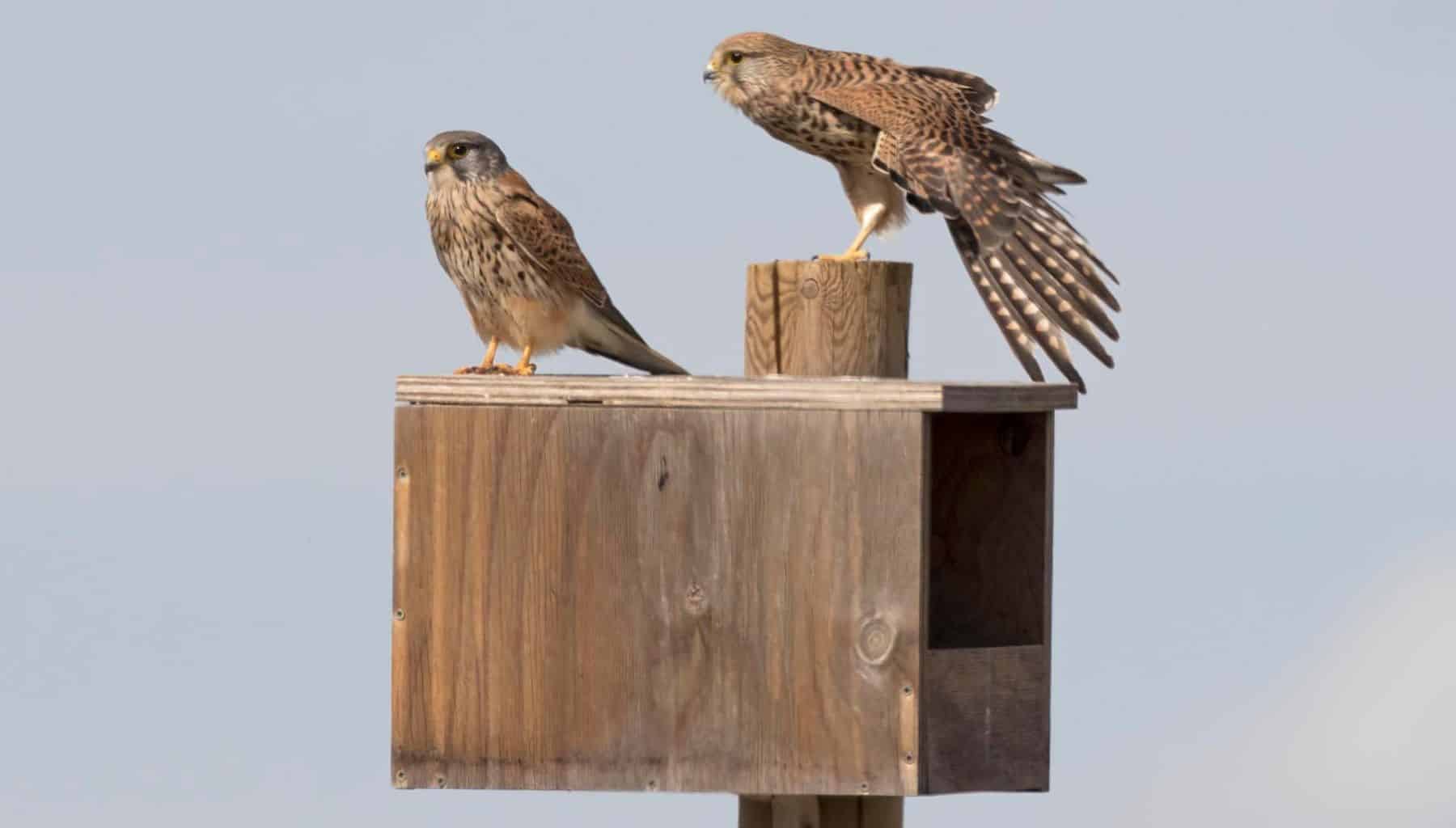He Farmers Topillo (Microtus Arvalis) is a rodent that has spread over EurasiaExcept in the Mediterranean. That is why it is only on the Iberian Peninsula in the northern third Eurosiberian.
Occupied Areas with young trees, dense grasslands and even forest mass. It can live at sea level and up to 1600, in some places my is considered a ‘plague’, because it is able to attack the crops and make caves that make the land of the plantations wrong …
How to control the farmer Topillo?
The group for the rehabilitation of Fauna and its Habitat (GREFA) celebrates fifteen years of fruitful work in 2025 Focused on the biological control of the farmers Topillo in Castilla y León. This project, which started in 2009 with the support of the Ministry of Ecological Translation and the Demographic Challenge, has evolved to consolidate as a reference in the integrated management of agricultural plagues in Spain.
Since its foundation, this joint effort has been noticed because of its innovative approach, based on Ecosystem services supplied by Raptors as natural predators To control the population of the farmers Topillo and the damage to agricultural crops by minimizing this rodent. The installation of nest boxes and strategically distributed hiding places has been the cornerstone of this initiative.
Currently the project A thousand nest boxes for reproduction of Raptor Vogel Those who have the Topillo under their prey, such as Cernícalos, Uilen and Mochuelos, in ten trading areas divided into Castilla Y León, a region that is historically affected by damage to the agricultural sector associated with the plague for the overcrowding of this rodier.
The problem It is in the population dynamics of the Farmers TopilloSubject to recurring demographic phenomena, in which it expresses its enormous reproductive potential, able to reach a very high population for a short time. It can almost without exception affect any variety of crops. The attack in multiannual crops, such as Alfalfa, or in Woody, such as fruit or vine, can have consequences during various campaigns.
In the words of Fernando Garcés, general secretary of Gref Achieving objectives with environmental, economic and social implications«. For Garcés, “this initiative, with a clearly positive impact, must continue to strengthen itself to all those areas that could possibly be influenced by teasing the rodent.”
Good results so far
In the past two years, The project has made considerable progress. During the season that matches last year, the average occupation of Nido boxes reached 71.8%, which marked an increase compared to previous years. In areas such as Escobar de Campos (León), the common owl showed excellent productivity, which even surpassed the vulgar hill in the number of reproductive pairs.
On the other hand, new study areas were included in the province of León in the 2022 and 2023, which came to increase the ecological scope and connectivity of the biological control project of the Farmers Topillo. These areas have registered High occupancy rates in the boxes of nests through the Raptors In the first season of the implementation of the project, which shows its potential. In addition, the use of GPS devices in marked birds and Equopia analysis has been able to better understand to understand the dynamics between predators and dams, offering important data for adaptive management.
Sustainable project
Since 2009, the biological control project of the Boeren Topillo has been an example of how Applied Science can offer sustainable solutions to environmental and agricultural problems. In these fifteen years, the Conservation NGO contributed to the conversion of the agricultural landscapes in which it has acted in hiding places for biodiversity. Parallel to pest control, this project has encouraged the preservation of protected birds of prey and has made it sensitive to local farmers and communities about the importance of the production of balance and sustainability in an estimated area of ten thousand hectares.
GREFA has strengthened this work, especially in his research facetVia the “integrated management strategy of the farmers Topillo (Schainttop)”. Under the coordination of the Agricultural Institute of the Junta de Castilla Y León (ITACHL), Grefa participated in this initiative in collaboration with the councils of Palencia and Valladolid and the universities of Valladolid and Salamanca.
As a contribution to the Sintoppoject project, from Gref 89%, coincides with a Topillo Rebound. «In the past four years, 5,183 chickens from Cernícalo and 1,730 van Uilen have been born in the Nidales Study your champion areas as potential topillo -reservoirs“, Says Garcés.
«Although the results are encouraging, Biological control must be supplemented with additional strategies, Such as the diversification of the agricultural landscape and the design of more integrated agro -environmental practices, “says Garcés, which states that” in the long term is the goal of consolidating a model that preserving biodiversity and economic viability of farms » .
Greef Guarantee a sustainable balance in agricultural ecosystems.

